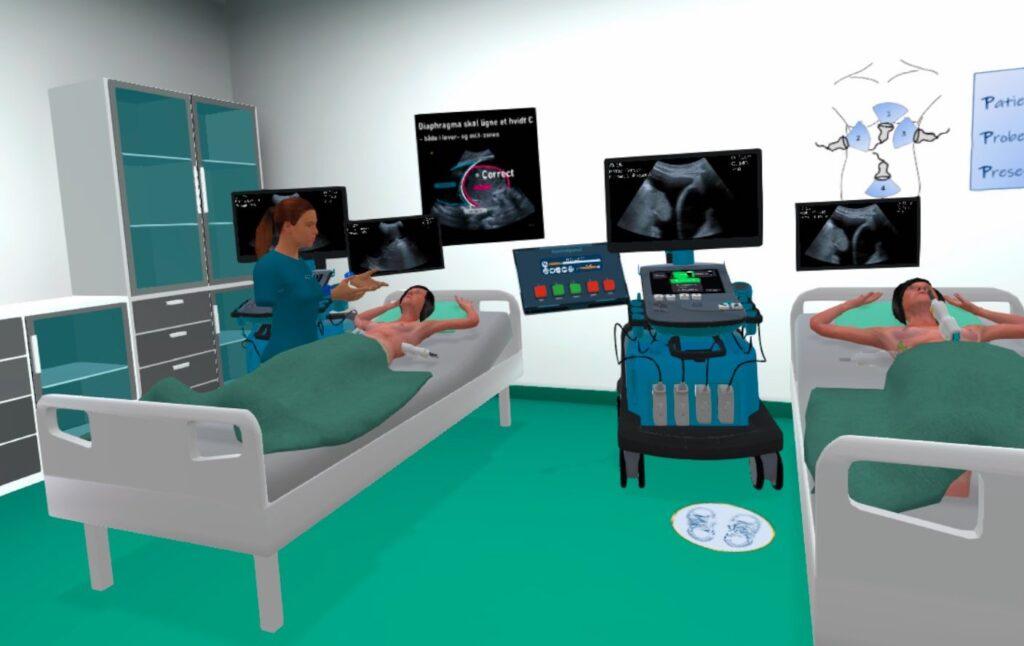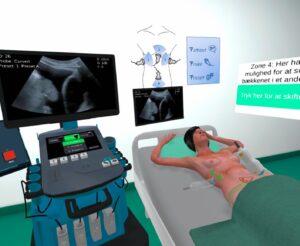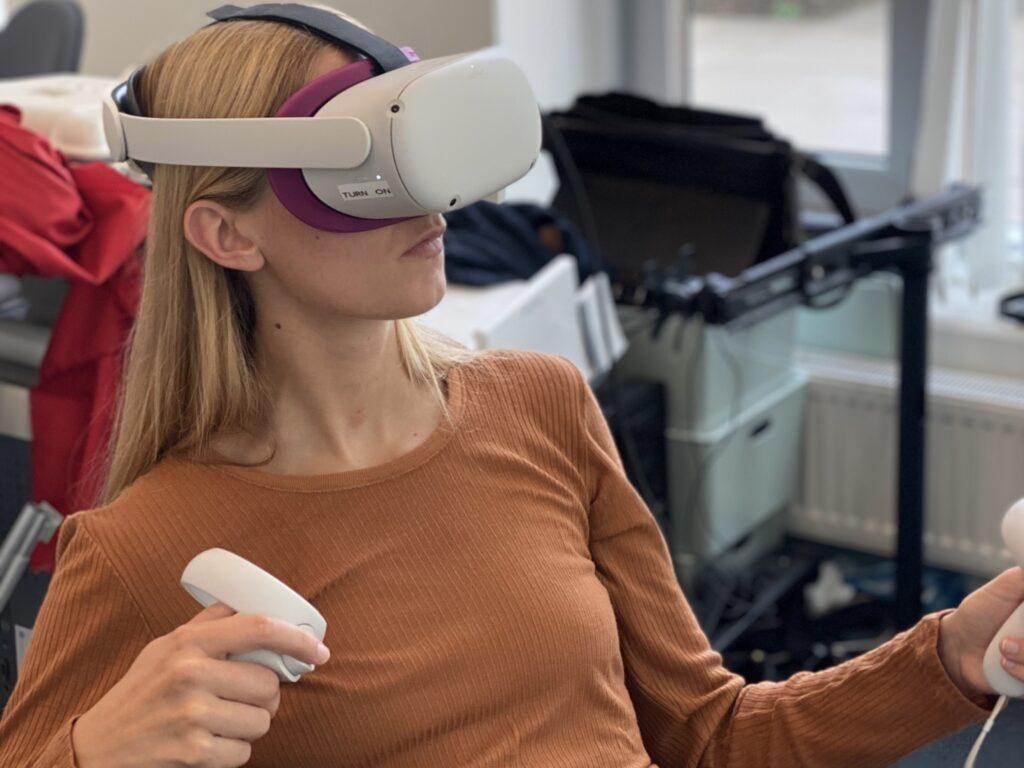When a person has been involved in a serious accident like a car crash, there’s a great risk of severe bleeding in the internal organs. The bleeding – potentially fatal – is difficult to detect, because you can’t see it immediately. An easy and fast way to detect internal bleeding is by performing a focused assessment with sonography for trauma also called FAST. This is an ultrasound scan that can detect blood around the heart or other organs. You can do the examination right in the emergency unit or even in the ambulance, and that way you can easily determine if the patient needs to go straight on the operating table or if more examinations are needed


Because of that there’s a big need for doctors and paramedics who can perform this examination fast and with a good quality. Right now, you learn to perform this procedure in a simulation center where you practice on phantoms, but access to training courses in the simulation center can be limited, because it’s not everywhere you can do it. Another problem is that it can be costly to source and run. One way of dealing with this problem could be by training in VR. In VR you can create courses with consistent content, and you can train when and where you want to.
Kirstine Junge, research student at Research and innovation unit of radiology at University of southern Denmark, has – as part of her research project – created a VR training simulation in VitaSim’s platform, where you can practice performing FAST in an authentic and realistic VR set-up. The simulation is created so you have a professional instructor next to you all the time guiding you along. This mirror-learning ensures a great transfer effect of the learning, because you try to perform the procedures right in the simulation after having observed the instructor, and you can repeat the course or parts of it as many times as you need to – also after three months or a year.
VitaSim have been following the creation of this simulation with great interest, and we’re impressed by Kirstine’s pedagogical presentation skills and they way she can illustrate the course material visually. The simulation is now finished and next phase in the research project is to test it. We’re very curious to hear about the results, where Kirstine will investigate if the students training FAST in VR are as good as the ones training in a simulation center.
